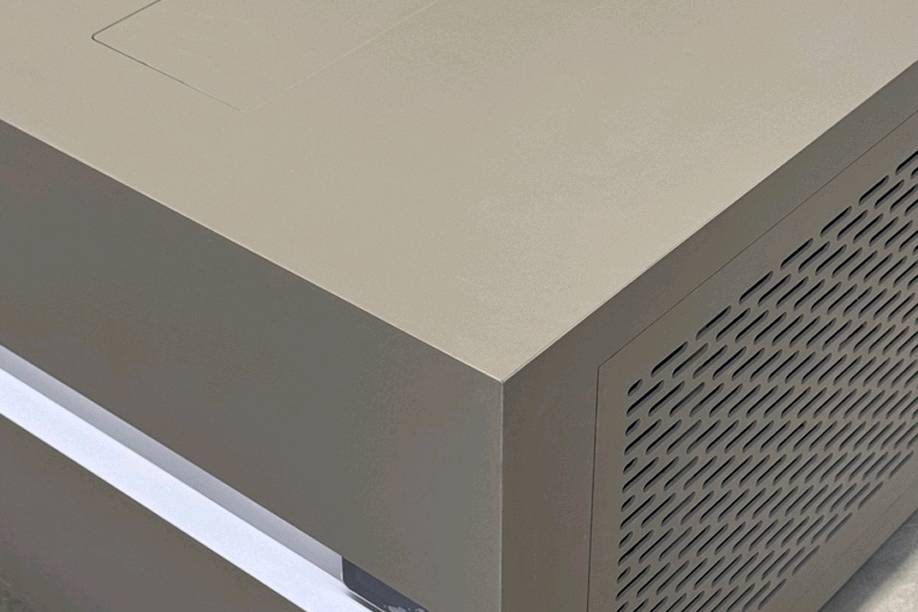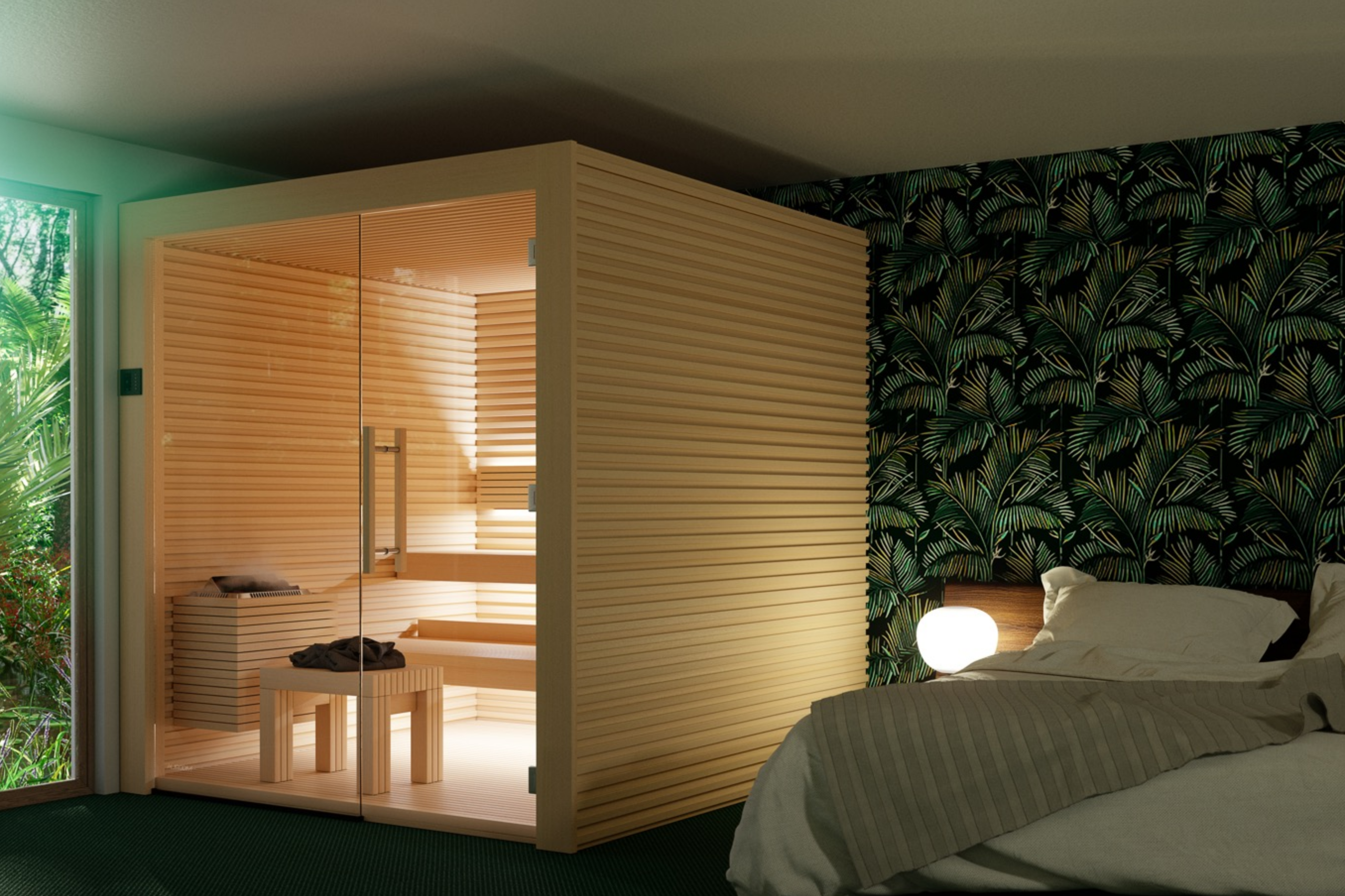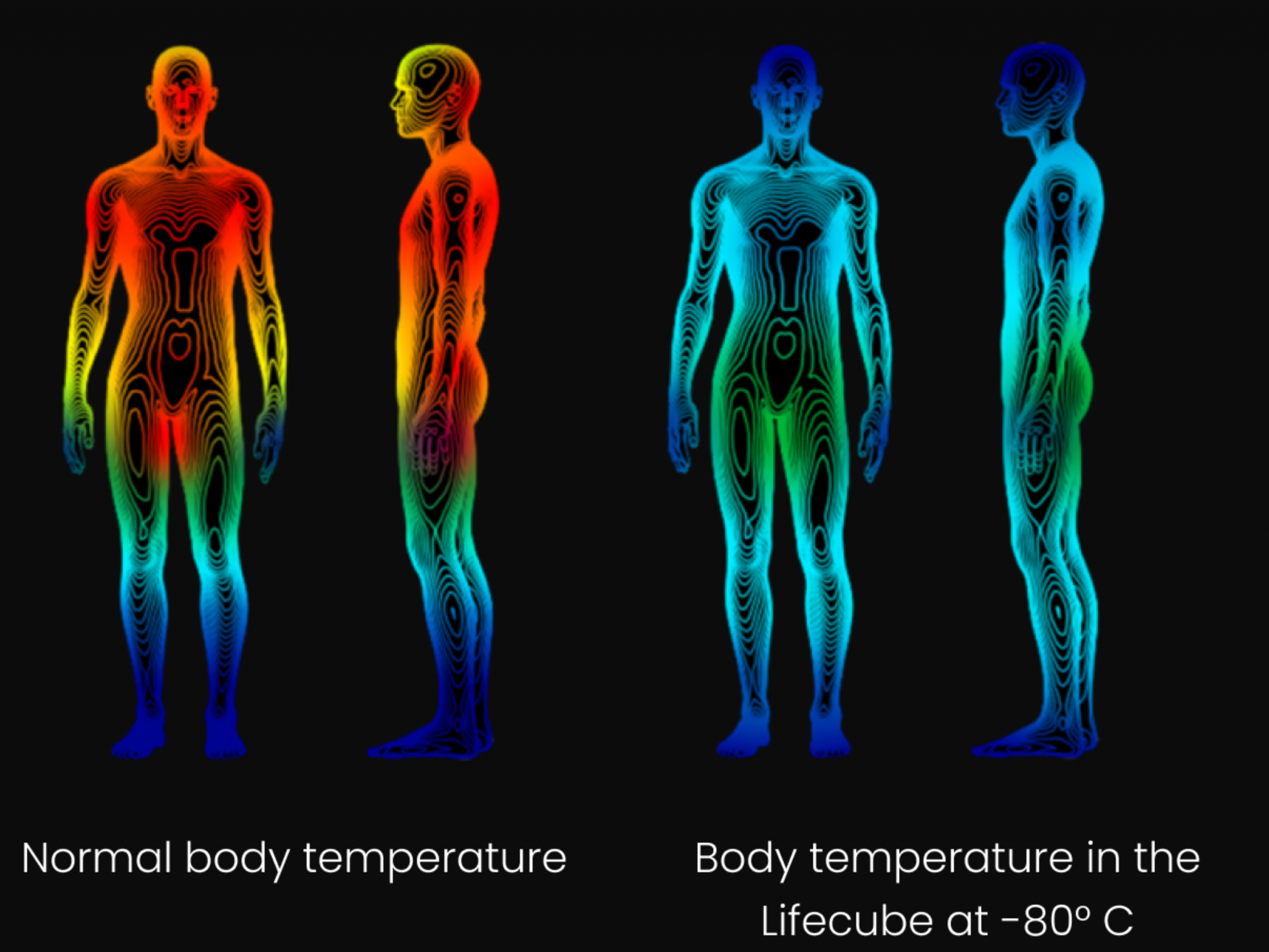In the world of recovery and relaxation techniques, both ice baths and chill baths have gained popularity among athletes, fitness enthusiasts, and those seeking solace from daily stress. Although they sound similar and both involve water at lower temperatures, their applications, benefits, and experiences differ significantly. This article dives into the distinctions between ice baths and chill baths, helping you decide which might be best suited for your needs.
What are Ice Baths?
Ice baths, also known as cold water immersion or cryotherapy baths, typically involve sitting in water chilled to temperatures ranging from 50 to 59 degrees Fahrenheit (10 to 15 degrees Celsius). The process usually includes adding ice to a bathtub filled with cold water, where individuals immerse themselves up to their waist or chest for about 10 to 15 minutes. This practice is particularly common among athletes as it is believed to help reduce muscle soreness and speed up recovery after intense physical activities.
Benefits of Ice Baths:
Reduced Muscle Soreness: Ice baths help in reducing muscle inflammation and soreness after workouts by constricting blood vessels and decreasing metabolic activity.
Enhanced Recovery: By temporarily reducing muscle temperature and blood flow, ice baths may help in flushing out waste products like lactic acid from the muscles.
Improved Mental Toughness: Regular use of ice baths can help individuals develop resilience and improve their ability to withstand uncomfortable situations.
What are Chill Baths?
Chill baths, on the other hand, are less intense than ice baths and involve water temperatures that are cool but not painfully cold, generally around 60 to 75 degrees Fahrenheit (15 to 24 degrees Celsius). These baths do not typically include ice but rely on cooler tap water. The duration in the water can be longer, ranging from 15 to 30 minutes, making it a more comfortable experience that still offers several therapeutic benefits.
Benefits of Chill Baths:
Relaxation: The cooler temperatures of chill baths can help soothe the nervous system, promoting relaxation and reducing stress.
Improved Sleep Quality: Taking a chill bath before bedtime can lower the body’s core temperature, signaling that it’s time to sleep and potentially improving sleep quality.
Circulation Boost: Chill baths can enhance blood circulation by causing blood vessels to contract and then dilate, which may help in improving overall cardiovascular health.
Differences in Application:
The primary difference between ice baths and chill baths lies in their intensity and purpose. Ice baths are more intense and primarily focused on quick recovery and inflammation reduction after high-intensity workouts. In contrast, chill baths serve as a gentler option for relaxation and subtle physical recovery, suitable for daily use without the extreme shock of colder temperatures.
Conclusion:
Choosing between an ice bath and a chill bath depends on your specific needs and tolerance for cold. If you’re an athlete looking to enhance physical recovery and can handle short durations of intense cold, an ice bath may be beneficial. For those seeking a less intense experience to reduce stress or improve sleep, a chill bath might be the ideal choice. Understanding these differences helps in making informed decisions about which bath to incorporate into your wellness routine, ensuring you reap the most benefits according to your lifestyle and health goals.
Related Posts
November 17, 2025
Sauna Buyers Guide: What Do We Mean By A “Premium Insulated Sauna”?
What is a premium insulated sauna? Explore materials, energy savings, heat…
October 30, 2025
The Story Behind Ember & Ice Wellness | Nordic-Inspired Wellness Design
Discover how Ember & Ice Wellness was founded by Chris Wainwright-Park, a…
October 22, 2025
The Future of Recovery: How Science-Backed Wellness Is Redefining Human Performance
Discover how Ember and Ice is shaping the future of science-backed wellness…












Insightful comparison—thank you! Ice baths get all the attention, but we’re finding more clients prefer chill baths for consistent, accessible wellness. We’re now trialling them as part of our member onboarding experience.
This distinction is exactly what we needed. We’re exploring the addition of both options to our fitness recovery offering, and the clarity here supports our strategy. The combination of physiological and psychological benefits is compelling.
This is a brilliant comparison—thank you for laying out the differences so clearly. We’ve been offering chill baths at our London recovery space, but this piece has me reconsidering the value of introducing proper ice bath protocols for our more performance-driven clients.
Hi Sophie,
Thank you for the kind words, so pleased you found the comparison helpful. It sounds like you’ve built a fantastic foundation with chill baths, and it’s exciting to hear you’re now considering taking things further for your performance-focused clients. Introducing structured ice bath protocols can make a significant difference when it comes to recovery efficiency, inflammation control, and nervous system regulation. If you ever want to explore how to tailor these protocols or upgrade your setup for contrast therapy, we’d be glad to support.
Ember and Ice
Check out this post on the contrast baths
https://www.linkedin.com/pulse/stig-contrast-bath-new-standard-thermal-wellness-ember-and-ice-snrfe